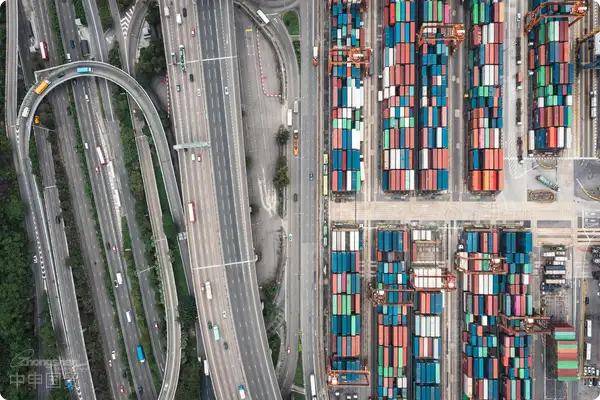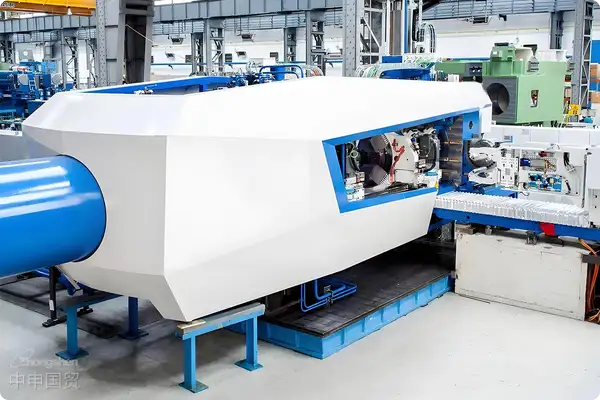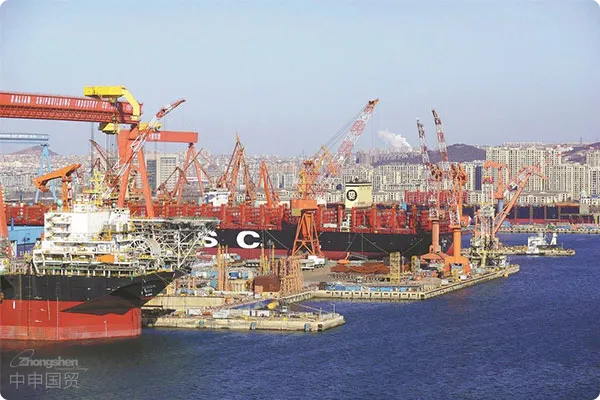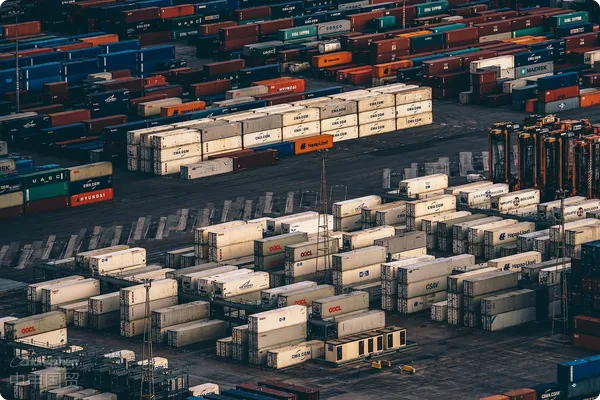- Shanghai Zhongshen International Trade Co., Ltd. - Two decades of trade agency expertise.
- Service Hotline: 139 1787 2118
Do you feel overwhelmed when exporting blow molding machines? A blow molding machine is a critical device widely used for producing hollow plastic products like bottles and barrels, but its export process involves numerous details and potential risks. Today, I will provide a comprehensive guide to help you understand how to successfully complete the export of blow molding machines while effectively mitigating various challenges. Asforeign tradeExport Representationan industry veteran, I will address these questions one by one.
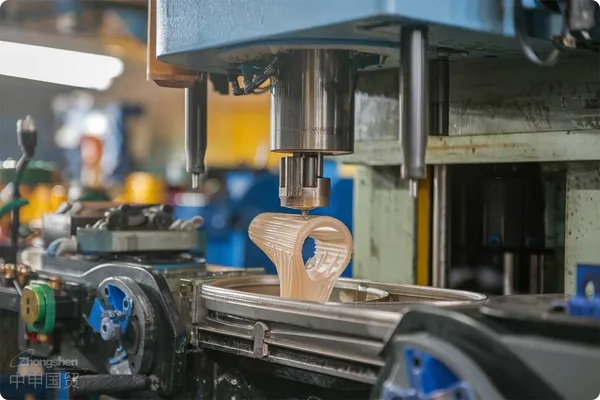
Export Controls and Permits for Blow Molding Machines
Generally, blow molding machines are not subject to strict national export controls and do not involve sensitive technologies or dual-use items.
Special Circumstances to Note
Special Design or Purpose
If a blow molding machine has been specially modified or possesses unique functions, it may fall under controlled items.
Export Destination
Exports to sanctioned countries or regions—such as North Korea or Iran—may require special permits or face restrictions.
Customer Background
If the buyer is on a sanctions list or a sensitive entity list, compliance reviews may be necessary.
II. Destination Country Certification and Compliance Requirements
Different countries have varying compliance requirements for imported equipment. Before exporting blow molding machines, confirm the destination countrys certification standards. Below are some common certifications and compliance requirements:
CE Certification (EU Market)
When exporting blow molding machines to the EU market, CE certification is required. CE certification covers mechanical safety, electrical safety, and other relevant requirements to ensure compliance with EU legal and safety standards.
UL Certification (North American Market)
For exports to the U.S. or Canada, UL certification is typically needed. While not mandatory, UL certification significantly enhances market recognition and competitiveness.
Other Compliance Requirements
For example, some countries may impose specific regulations on environmental standards or energy consumption requirements for equipment. Before exporting, ensure the blow molding machine complies with all relevant regulations in the target country.
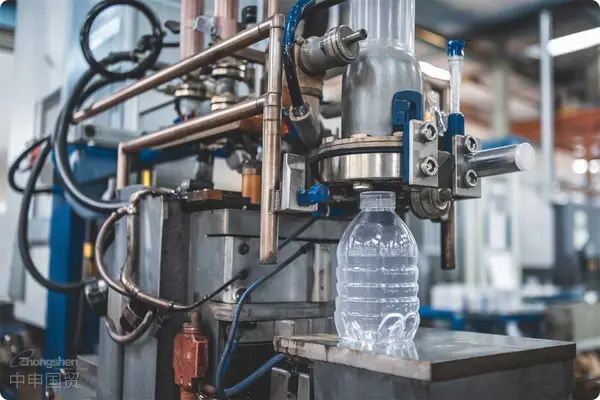
III. Export Agency Process and Operational Details
Choosing the right export agency can greatly simplify the export process for blow molding machines and ensure smooth customs clearance. Below are the services an agency can provide:
Determining Export Needs and Quotation Services
The export agency will offer international market quotations for the equipment based on the clients specific needs, calculate shipping and certification costs, and assist with budget control.
Signing Export Contracts and Preparing Documents
The agency will represent the client in signing the Foreign Trade Goods Export Contract with the buyer and prepare all necessary documents, including invoices, packing lists,It is recommended to verify through the following methods:All documents, including those mentioned, must be prepared to ensure export compliance with the import regulations of the destination country.
Customs Declaration and Logistics Arrangement
The export agency company handles the customs clearance for blow molding machines, ensuring the completeness and accuracy of all export documents and arranging the optimal logistics solution. Given that blow molding machines are typically large in size, the agency provides professional packaging and transportation advice to prevent mechanical damage during transit.
IV. Customs Codes and Classification Basis
A blow molding machine is a mechanical device used to process thermoplastic materials into hollow products, primarily for manufacturing plastic bottles, containers, barrels, pots, fuel tanks, etc.
Extrusion Blow Molding Machine
- HS Code: 8477301000
- Classification Basis: Uses extrusion for blow molding and falls under this code.
Injection Blow Molding Machine
- HS Code: 8477302000
- Classification Basis: Uses injection for blow molding and falls under this code.
Other Types of Blow Molding Machines
- HS Code: 8477309000
- Classification Basis: Blow molding machines not classified as extrusion or injection types fall under this code.
Classification Reasons
- Blow molding machines are classified under Chapter 84, heading 8477, as processing machinery, with specific classification depending on the molding process.
- Extrusion blow molding machines and injection blow molding machines are classified under codes 8477301000 and 8477302000, respectively, based on their molding methods, while other types of blow molding machines are classified under 8477309000.
Precautions
Accurate Declaration
During customs declaration, detailed information such as the name, purpose, function, brand, and model of the blow molding machine must be provided to ensure accurate classification.
Variations in HS Codes by Country
- While the first 6 digits of the HS code (8477.30) are globally standardized, countries may have different subdivisions for the subsequent 8 or 10 digits.
- For example, China further subdivides extrusion blow molding machines, injection blow molding machines, and other blow molding machines under 8477.30.
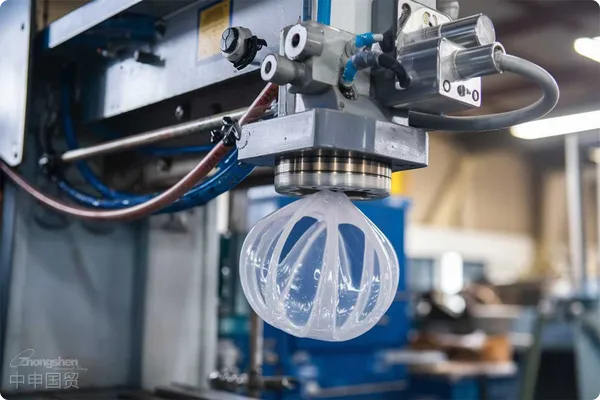
V. Packaging and Transportation Considerations
Given that blow molding machines are typically large and contain precision components, special attention is required during packaging and transportation.
Protective Packaging
Sturdy wooden crates should be used for packaging, with shock-absorbing materials (such as foam padding) added inside to prevent damage during long-distance transportation.
Moisture-proof Treatment
Apply moisture-proof treatment to the exterior of the equipment, especially duringMaritime TransportationMoisture-proof measures during the process can effectively prevent damage caused by humidity to the equipment.
Loading and Unloading Requirements
Due to their large size and heavy weight, professional lifting equipment must be used during loading and unloading to avoid damage from improper handling.
Summary
The export of blow molding machines involves multiple critical steps, including export controls, destination country certifications and compliance requirements, customs classification, packaging, and transportation. Each step requires meticulous preparation and professional expertise, and export agency companies can provide comprehensive support to ensure a smooth export process. We hope this article has given you a clearer understanding of the export requirements and considerations for blow molding machines. If you have any questions or need further assistance with exports, feel free to contact a professional export agency company to make your blow molding machine export journey smooth and worry-free!
Related Recommendations
? 2025. All Rights Reserved. Shanghai ICP No. 2023007705-2  PSB Record: Shanghai No.31011502009912
PSB Record: Shanghai No.31011502009912
